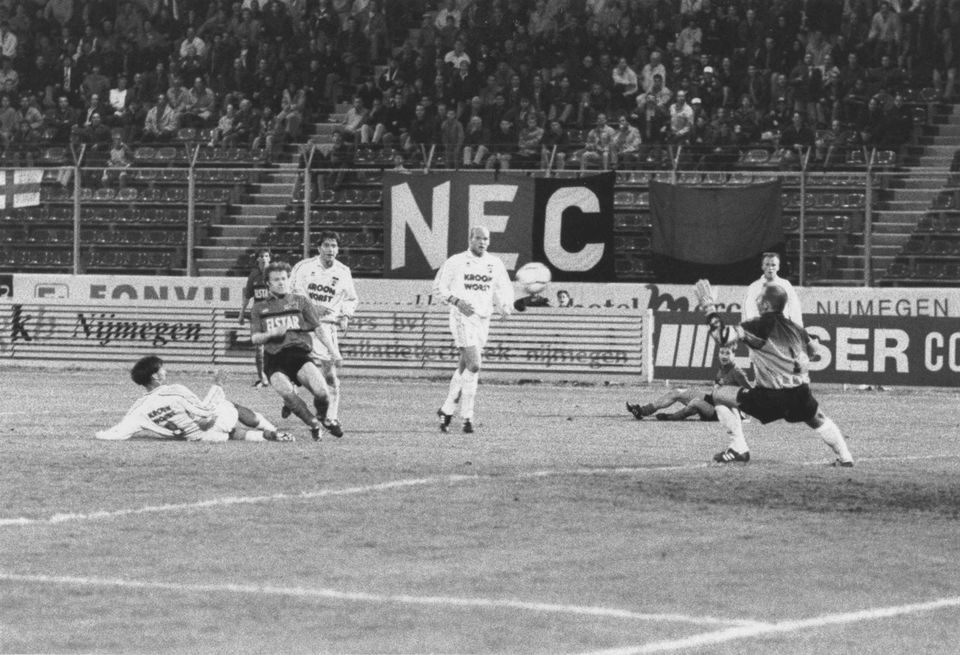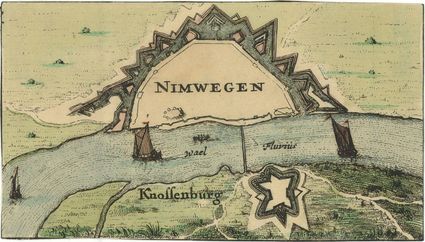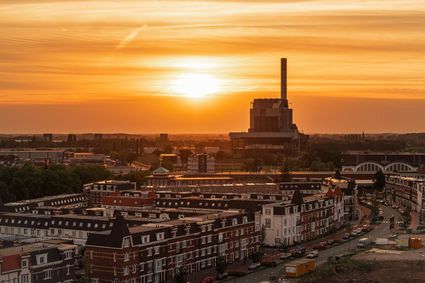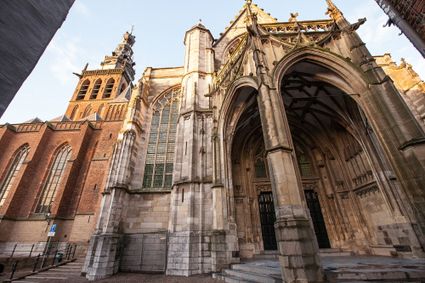N.E.C., from small local club to premier league football
Nijmegen is bursting at the seams with historical stories, ranging from leading figures to ordinary people, from neighbourhoods to political events. The Canon of Nijmegen encompasses the most important stories about Nijmegen’s history. One of these stories tells the tale of our favourite football club: N.E.C. The history of the club sounds like a thriller: N.E.C. started as a small local club without a fixed playing field and grew into a football club that plays on a national stage.
1900-1908: founding of the Nijmegen Eendracht Combinatie
In 1900, a few energetic working-class boys from Benedenstad founded a football club and called it Eendracht (Unity). That was unusual in and of itself, because football was considered to be a sport for men, as the posh Cricket, Football, and Athletics Club Quick proved. Despite that, Eendracht soon grew to be very successful. The popular club immediately won the league started by the Football Association of Nijmegen, which was founded in 1903, and won the league of the Football Association of Gelderland a couple years later, after which the club was promoted to the Second Division of the national football league. In 1910, Eendracht merged with an even younger football club: Nijmegen, which former members of Quick, who’d left the elitist club because they no longer felt at home in its environment, had founded in 1908. After the merger, the club continued as Nijmegen Eendracht Combinatie, or N.E.C.
1936-1945: promotion to the Dutch premier league and its own field
Although N.E.C. didn’t lack football kills, it did lack the necessary finances: the club simply didn’t have a wealthy following. It didn’t belong to the Protestant-liberal or the Catholic part of Nijmegen. In hostile environments, like city hall, N.E.C. was portrayed as a socialist – or even communist – club. Until the 1920s, the club didn’t even have its own field, meaning matches had to be played at a different location. After years of barely missing out on a promotion to the First Division, the club finally won the Second Division League in 1936. N.E.C. won the Eastern Dutch League several time, and twice, in 1939 and 1947, reached third place in the national standings.
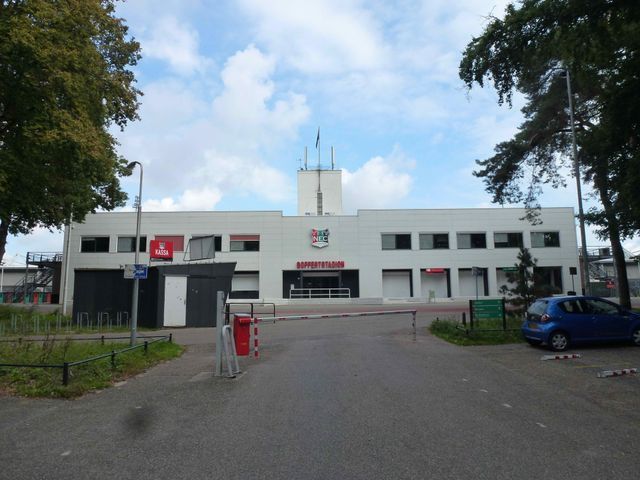
From 1945 onwards, N.E.C. played in De Goffert, which was, at the time, the third largest stadium in the Netherlands after the Olympic Stadium in Amsterdam and De Kuip in Rotterdam. Thanks to the sporty successes, the new stadium and its large capacity initially brought only benefits with it (large numbers of visitors and thus large ticket sales), but when things went downhill in the 1950s and the club attracted fewer spectators, it became clear how cold and lacking in atmosphere De Goffert could be.
1954-now: ups and downs
At the time of the introduction of professional football in the Netherlands (1954), N.E.C. was a sports-related and financial nightmare. The club would remain in the lower leagues of professional football for years to come. Thanks in part to financial support from the municipality, N.E.C. was able to move up the ranks again in the 1960s. In 1964, the club was promoted to the First Division, and three years later it moved to the Dutch Premier League. Since then, the pride of Nijmegen has had varying success (demotions and promotions would follow each other in rapid succession), but the name N.E.C. would become a fixture in the national football league regardless, with famous players like Jan Peters and Frans Thijssen. In those days, the early seventies, an average of 18,000 spectators came to De Goffert. N.E.C. reached the cup final on four separate occasions (1973, 1983, 1994, 2000) and lost each and every match. Its highest achievement has been a single stint in a European arena.
Immerse yourself in the rich history of the oldest city in the Netherlands, because Nijmegen has a lot of stories to tell you. Curious? You can read all about it in this historical timeline.
